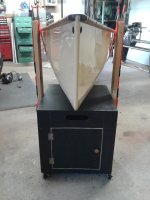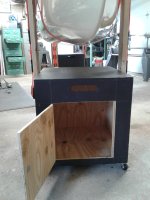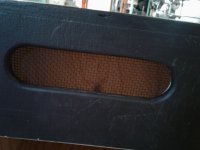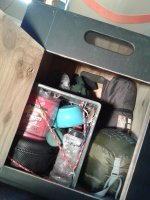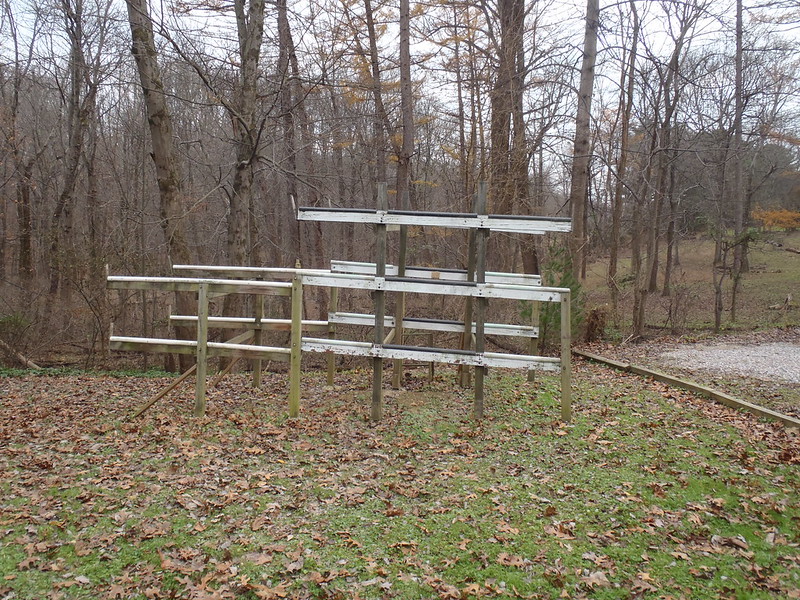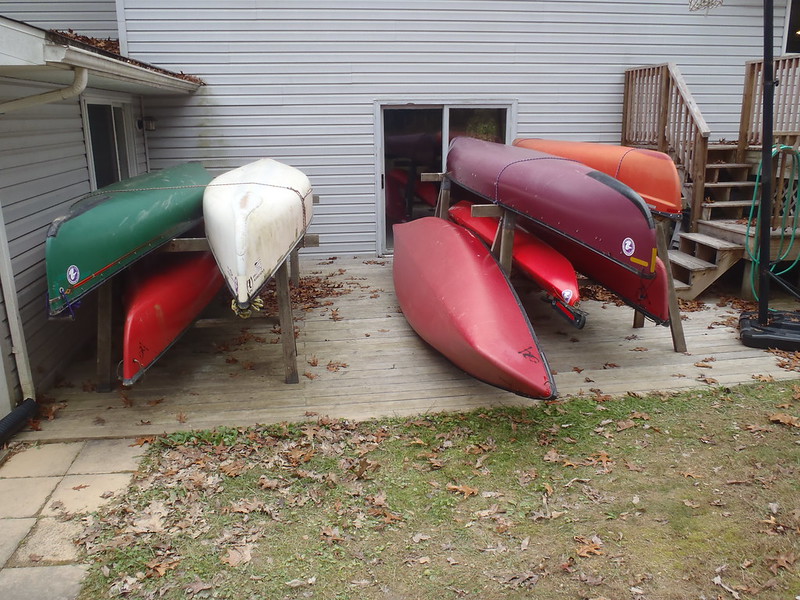OK, I have no idea what these types of things are called for people in-the-know, nor have I searched for best practices with them so certain there are all sorts of far more ingenious designs than this frankenstein. However, in about an hour I had this pieced together and imagine it would support my canoe for at least a couple lifetimes. Hopefully someone gets a creative, mechanical spark from the photos. As I was building and even now as I look there are all sorts of enhancements that could/will be made...1) Casters on the bases 2) Eye hooks & tie downs instead of these straps & clamps 3) Adjustable crossbar to connect front base to back base to keep them square 4) etc 5) etc.
- The black bases (obviously there are 2 of them) measured 2' square. Granted not everyone has 2' square plywood boxes lying around. I like the stability of them as well as the table surface they provide
- The orange straps are cheap furniture moving straps. Wide and soft. They also have loops which could be used to secure instead of the clamps
- Clamps are 2" and in the scientific load test I performed (pushing down on the strap while eating a sandwich) the 2x4s bent together under load while the straps held firm
- All else should be pretty self-explanatory but if you have questions or concerns, lemeknow.

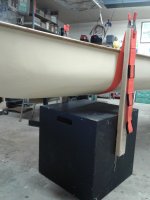
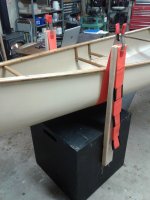
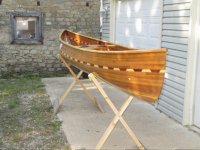




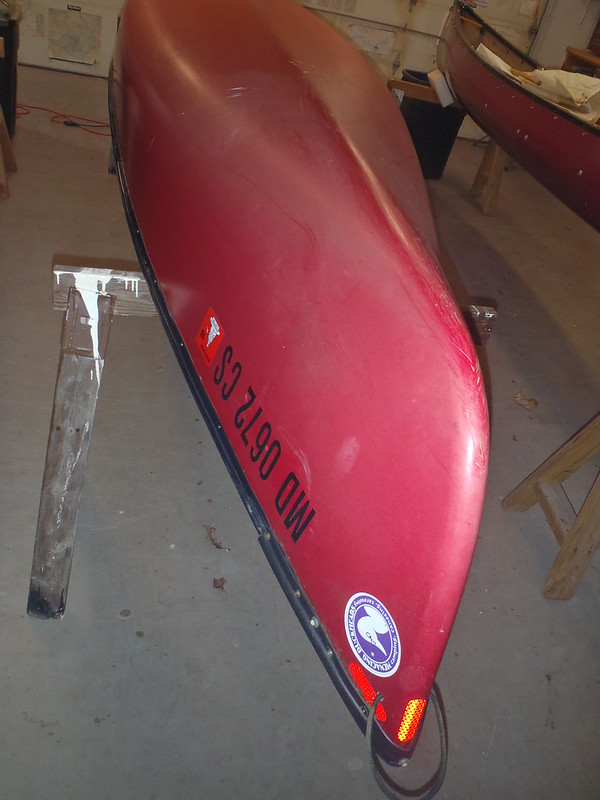
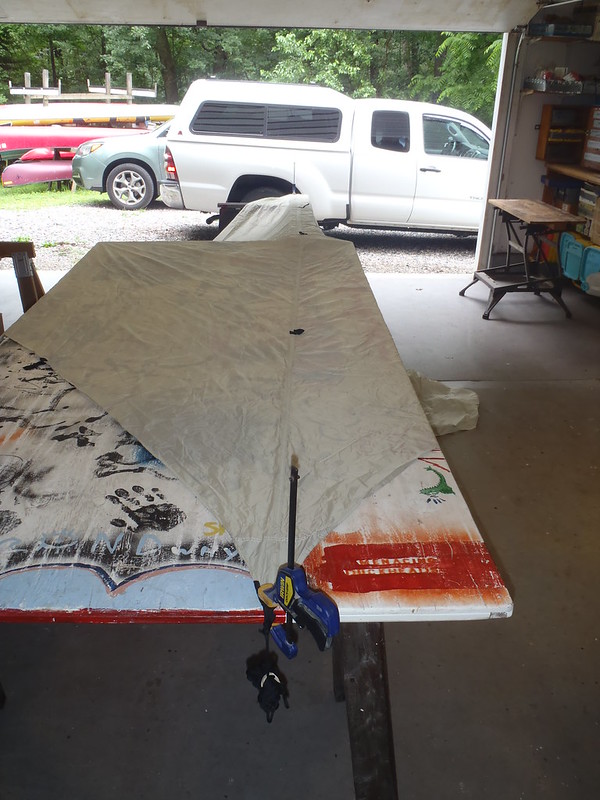
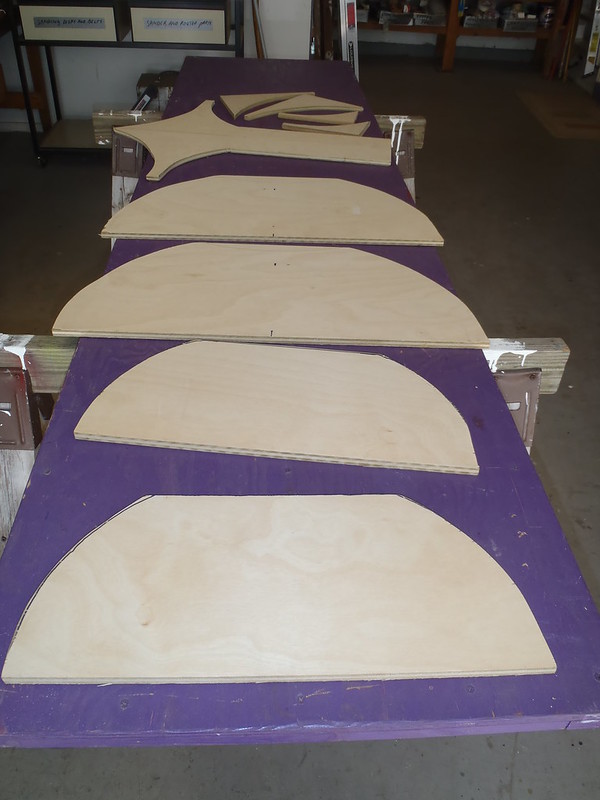
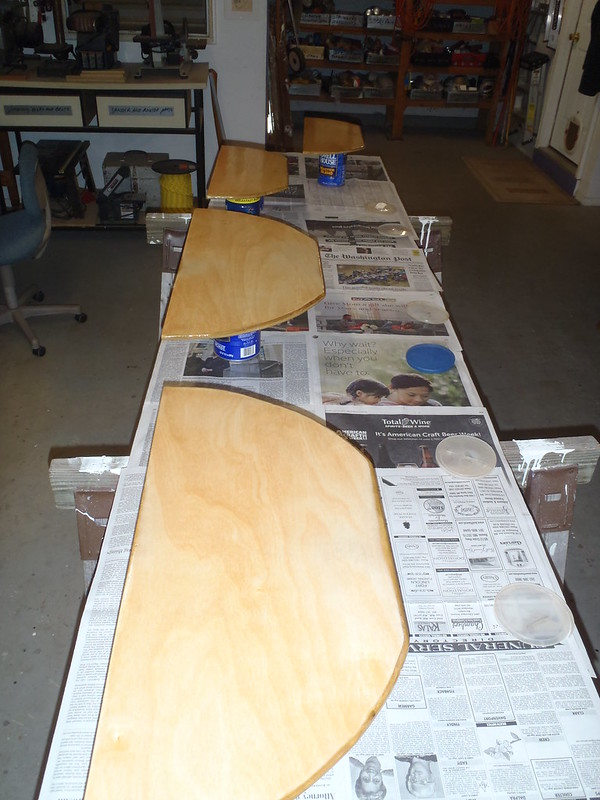


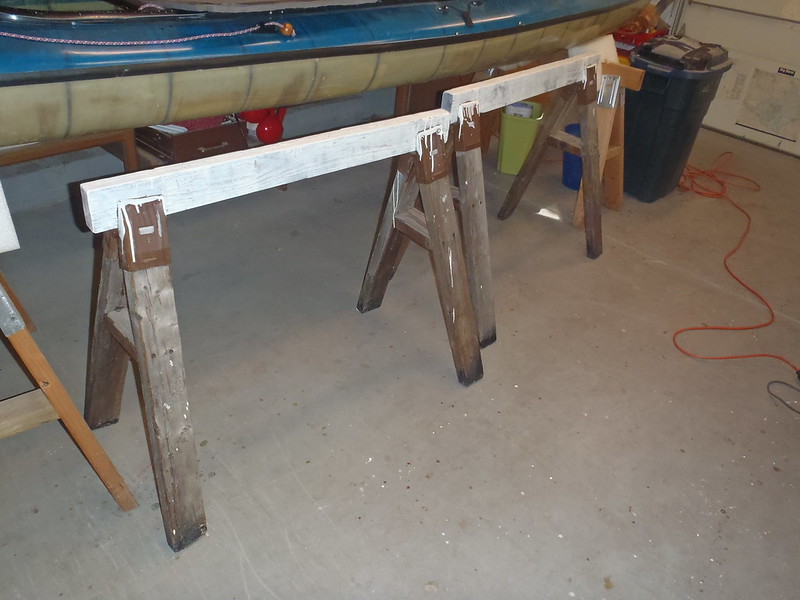
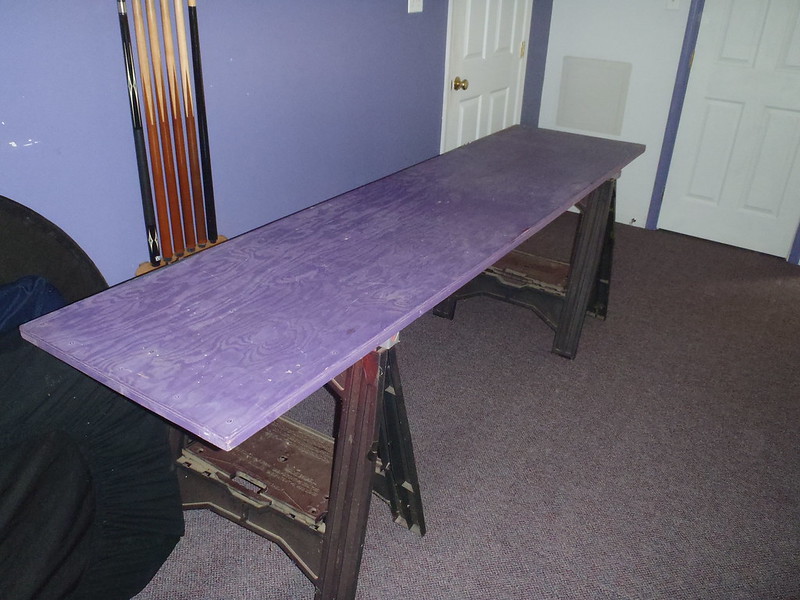


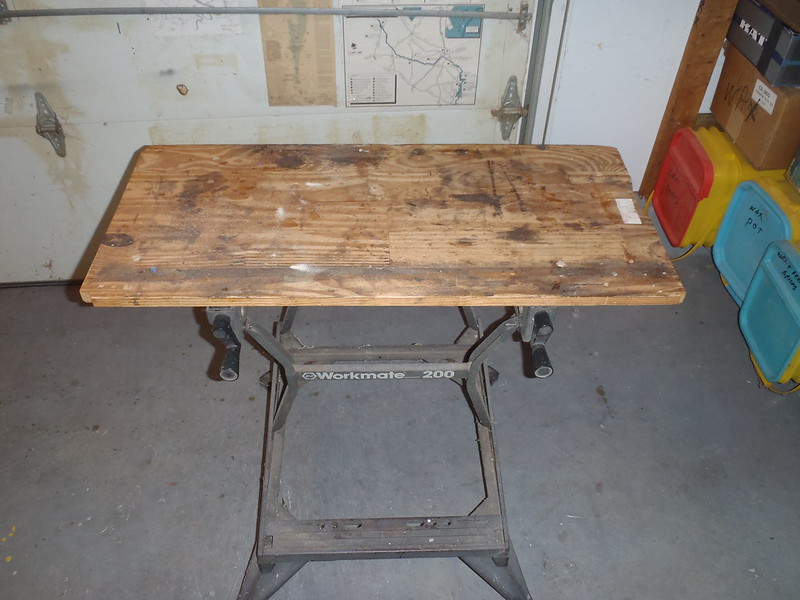
 [2/url][url=https://flic.kr/p/2a1txB7]PB081330
[2/url][url=https://flic.kr/p/2a1txB7]PB081330